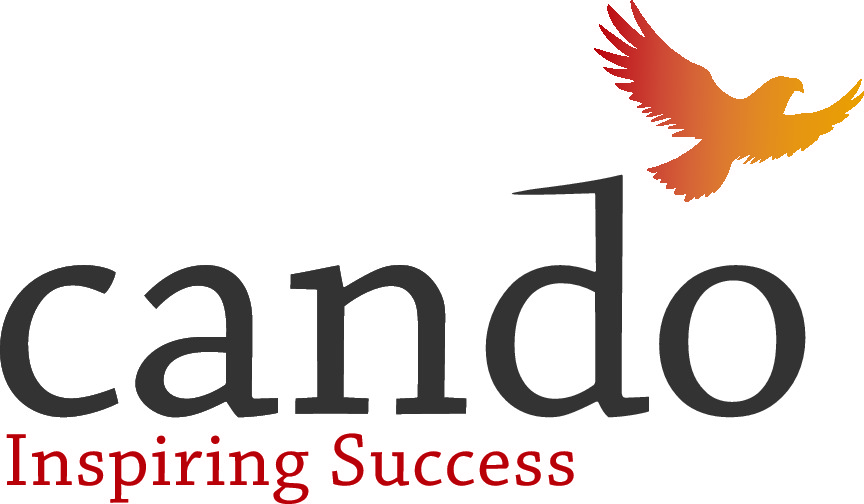About the Journal
JAED's intent is to explore ideas and build knowledge in the field of Indigenous economic development theory and practice. The journal prefers a broad interpretation of research and knowledge and encourages a wide variety of contributions in this area. We want to know what people are doing, what is working, what is not working, and why.



























